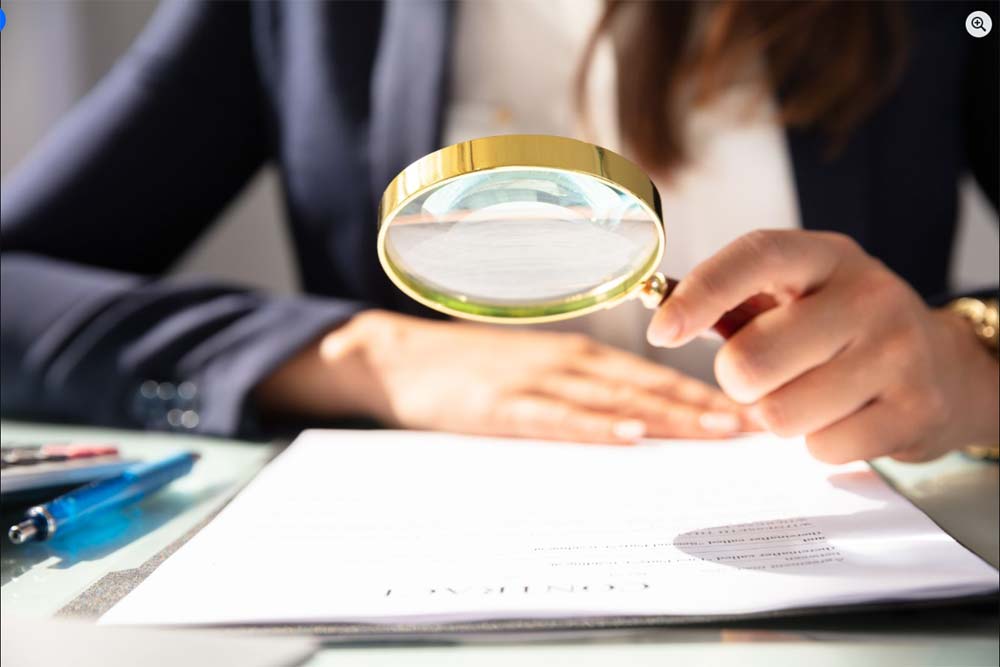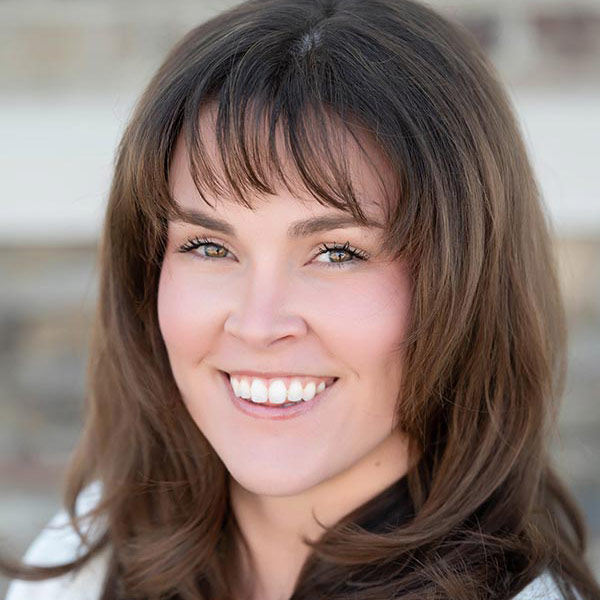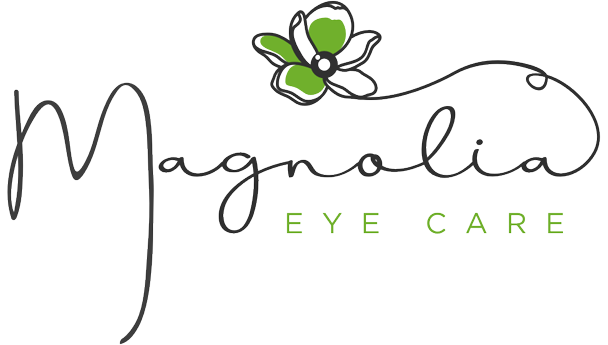Low Vision Rehabilitation in King

Low Vision Rehabilitation in King
Are you finding it harder to read your favorite book, recognize faces, or navigate familiar spaces? If daily tasks have become frustrating or overwhelming due to vision loss that glasses or contact lenses can’t fix, you don’t have to face it without support.
At Magnolia Eye Care, we offer low vision rehabilitation in King. We can help you make the most of your remaining sight with low vision services and low vision aids tailored to your needs.

What is low vision?
Low vision is a visual impairment that interferes with your ability to perform everyday tasks, even with your most up-to-date prescription. Unlike other vision problems, low vision can’t be fully corrected with glasses, contact lenses, medication, or surgery. It’s not total blindness, but it can make reading, driving, recognizing faces, or watching TV incredibly difficult.
Low vision can be caused by various eye conditions, including:
- Macular degeneration
- Glaucoma
- Diabetic retinopathy
- Retinitis pigmentosa
- Inherited retinal diseases
- Eye injuries or brain trauma
If you’ve been told “nothing more can be done” about your vision, don’t give up hope. We offer low vision rehabilitation in King to help you live well with reduced eyesight.
Low vision aids in King
We provide a range of low vision aids in King to help you make the most of your usable vision, including:
- Magnifiers (handheld, stand, and electronic)
- Telescopic and bioptic low vision glasses
- Video magnifiers (CCTVs)
- Specialized lighting solutions
- Contrast-enhancing filters
- Text-to-speech readers and accessibility tools
We’ll show you how to use these tools effectively and integrate them into your routines.

Makayla Shore Sperbeck, O.D.
Get back to doing what you love
Magnolia Eye Care is proud to be a resource for individuals and families affected by vision loss in King and surrounding areas in Stokes, Forsyth, Carroll, and Yadkin counties. We’re committed to providing compassionate care, innovative technology, and ongoing support to help people with low vision live their lives more easily and comfortably.
Whether you’re newly diagnosed or have been living with low vision for years, there are more options today than ever before. If you would like to learn more, please schedule an appointment today.

